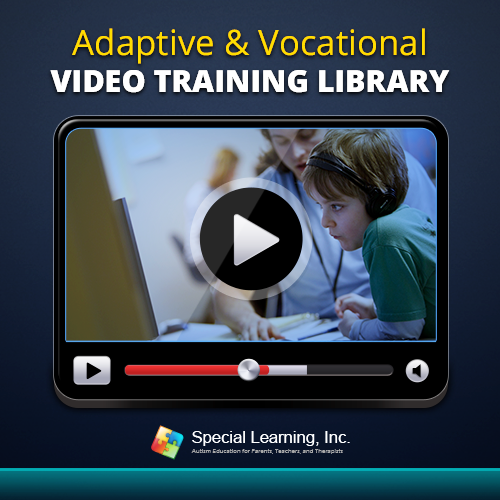Gluten Free/Casein Free Diets for Special Kids
A growing body of research evidence indicates that diet plays an important role in the management of autism spectrum disorders. One diet program that has drawn significant interest in this area is diets in which all sources of the proteins gluten and casein are eliminated, known as Gluten-Free/Casein-Free (GFCF) diets. In a recent clinical trial, a group of researchers in Norway, Denmark, and the UK conducted a two-stage, 24-month, randomized, and controlled trial to determine the effect of GFCF diets in children with ASD and recorded impressive results indicating that dietary intervention can positively affect developmental outcome for some autistic children. (Whiteley, et al., 2010 )
According to the Mayo Clinic, “one popular diet eliminates gluten – a protein found in most grains, including wheat – and casein (a milk protein).” However, the clinic emphasizes that further studies need to be conducted to verify the effectiveness of this treatment method. It is also recommended that you consult an expert before you start a special diet regimen. (Mayo Clinic Staff, 2011)
Some studies have shown a relationship between autism and gastrointestinal complications. The University of California Davis Health system showed that autistic children born in the 1990s were more likely to have gastrointestinal ailments than their counterparts who were born in the early 1980s. GFCF helps in combating GI ailments.
There have also been a number of reports of improvement in both behavior and speech when patients diagnosed with autistic spectrum disorders underwent prolonged GFCF diets.
Other research studies have shown a link between autistic disorders and dysfunction of the immune system affecting how the body breaks down some proteins and combat bacteria and yeasts. Special diet, therefore, plays an important role in managing autism spectrum disorders. (Lewis, 1998) According to the Cutting-Edge Therapies for Autism 2010-2011, children with autism tend to have abnormal immune responses to wheat, milk, and soy.
Taking a GFCF diet is more than avoiding bread and milk. Apart from grains, gluten is also found in semolina, malt, teriyaki sauce, soy sauce, couscous, vinegar, artificial colors, flavorings, hydrolyzed vegetable proteins, and starches. Besides milk and milk products, casein may be found in such non-milk products as hot dogs and soy cheese.
In addition to taking a GFCF diet, it is a good idea to watch against yeast, probiotics, and other allergens. Other helpful things include such supplements as vitamins A, B-6, B-12, and C as well as folic acid, magnesium, and omega-3 fatty acids. (Mayo Clinic Staff, 2011)
If you are considering placing your autistic child on a GFCF or other special diet, be sure to consult a nutrition professional to ensure the diet you select will be safe for your child and that your child gets the necessary nutrition.
References:
Whiteley, P.; Haracopos, D.; Knivsberg, A.; Reichelt, K.; Parlar, S.; Jacobsen, J.; Seim, A.; Pedersen, L.; Schondel, M. & Shattock, P. The ScanBrit randomized, controlled, single-blind study of a gluten- and casein-free dietary intervention for children with autism spectrum disorders
The Mayo Clinic. Mayo.com. Alternative Medicine. Retrieved March 30, 2011, from http://www.mayoclinic.com/health/autism/DS00348/DSECTION=alternative-medicine
Lisa, s. (1998) Special Diet For Special Kids.
Ken, S.; Lyons, T., Arranga, T. (2010) Cutting-Edge Therapies for Autism 2010-2011.
Copyright © by Special Learning Inc. All right reserved.
No part of this article may be reproduced in any manner whatsoever without written permission except in the case of brief quotations embodied in critical articles and reviews. For information, contact Special Learning Inc., at: contact@special-learning.com








